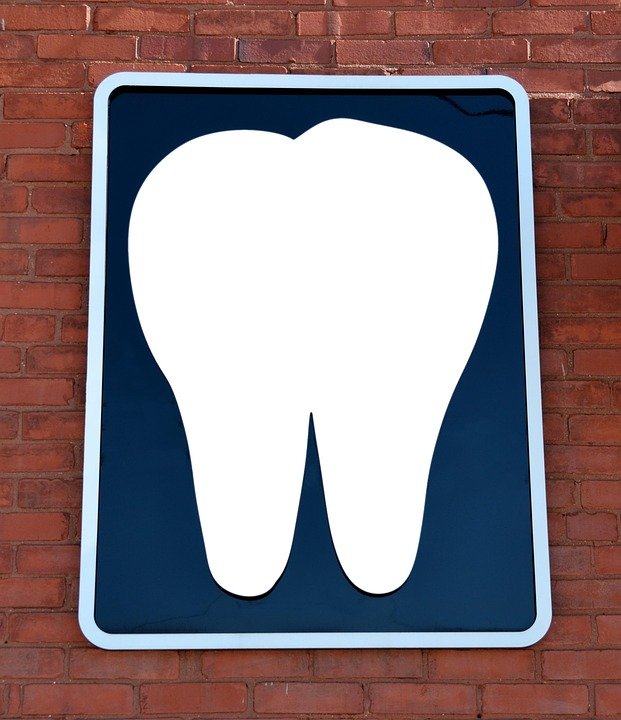What are the ethical considerations of using photographs for smile analysis
I’m working on a project that involves analyzing smiles to predict personality traits and potentially even diagnose certain medical conditions based on subtle facial muscle movements. We’re using machine learning algorithms trained on large datasets of photographs of people smiling. The initial data comes from publicly available images and research datasets, but we’re also considering incorporating images submitted by volunteers who would consent to their photos being used.
My main concern is, what are the ethical pitfalls here? Specifically, I’m worried about:
-
Privacy: How do we ensure the anonymity of individuals in our datasets, especially considering the level of detail we need for accurate smile analysis? Is blurring or cropping sufficient, or does the analysis itself inadvertently reveal identifiable information? What obligations do we have to users if we use publicly available photos, even if they are technically fair game?
-
Bias: Could our algorithms be biased based on the demographics (race, gender, age) of the training data? If so, how do we mitigate this bias to avoid perpetuating stereotypes or making inaccurate predictions for certain groups? I know different cultures express emotions differently.
-
Informed Consent: If we use photos from volunteers, what information should we include in the consent form to ensure they fully understand the potential uses and limitations of our research? We’d be upfront about predicting personality traits and looking for health indicators, but what else needs to be covered?
-
Potential for Misuse: What are the potential negative consequences if our technology is used for discriminatory purposes (e.g., in hiring decisions, insurance assessments, or even law enforcement)? How can we ethically develop this technology while minimizing the risk of misuse?
- Accuracy and Validation: Before the technology is deployed, what safeguards are in place to minimize the impact of false positives or incorrect assumptions? How do we communicate the limitations of smile analysis to potential users of the technology so they don’t over-rely on it or interpret the results as definitive truths?
Basically, I want to make sure we’re thinking about all the angles before we proceed, and doing this research ethically. Any insights or suggestions would be greatly appreciated.
Answer
Ethical considerations of using photographs for smile analysis are complex and encompass issues related to privacy, consent, bias, accuracy, security, and potential misuse.
1. Privacy and Consent:
- Data Collection: Taking photographs, even in a seemingly public setting, can raise privacy concerns. Individuals may not be aware their smiles are being analyzed and may not have consented to the collection of this biometric data.
- Informed Consent: Obtaining truly informed consent is essential. Individuals must understand precisely how their photographs will be used, who will have access to them, how long they will be stored, and their rights regarding access, correction, and deletion. Consent should be explicit and documented, not merely implied.
- Sensitive Information: Smile analysis may inadvertently reveal sensitive information about an individual’s health, emotional state, or social background. Using this information without consent is a breach of privacy.
- Data Minimization: Only collect data that is strictly necessary for the specific analysis purpose. Avoid collecting or storing unnecessary personal information.
- Anonymization and De-identification: Where possible, anonymize or de-identify photographs used for analysis to minimize the risk of re-identification and potential privacy breaches. Techniques like blurring faces or removing identifying metadata can be employed. However, the effectiveness of anonymization should be carefully assessed, as smile characteristics alone can sometimes lead to re-identification.
2. Bias and Fairness:
- Algorithmic Bias: Smile analysis algorithms can be biased based on the datasets they are trained on. If the training data predominantly represents one demographic group, the algorithm may perform less accurately or fairly on individuals from other groups. This can perpetuate existing inequalities.
- Representation: Ensure that datasets used for training and testing smile analysis algorithms are representative of the population on which the technology will be deployed. Actively address and mitigate potential biases in the data.
- Cultural Considerations: Smile expressions and their interpretation can vary across cultures. An algorithm trained on data from one culture may not be accurate or appropriate for use in another.
- Accessibility: Ensure that smile analysis technologies are accessible to individuals with disabilities or other limitations. Consider alternative methods for individuals who cannot provide a photograph of their smile.
- Transparency: Be transparent about the limitations and potential biases of the technology. Clearly communicate the accuracy rates and any known biases to users.
3. Accuracy and Reliability:
- Technical Limitations: Smile analysis technologies are not always perfectly accurate. Factors such as lighting, image quality, and facial expressions can affect the results. Overreliance on these technologies can lead to incorrect conclusions.
- Validation: Thoroughly validate the accuracy and reliability of smile analysis algorithms before deploying them. Regularly monitor performance and update the algorithms as needed.
- Human Oversight: Incorporate human oversight into the analysis process. Do not rely solely on automated algorithms to make important decisions. Human experts can help to identify and correct errors.
- Explainability: Strive for explainable AI (XAI), where the reasoning behind the algorithm’s decisions is transparent and understandable. This allows for better identification and correction of errors and biases.
4. Security and Data Storage:
- Data Security: Implement robust security measures to protect photographs and associated data from unauthorized access, use, or disclosure. This includes encrypting data at rest and in transit, using strong authentication mechanisms, and regularly monitoring for security vulnerabilities.
- Data Retention: Establish clear policies for data retention. Store photographs and associated data only for as long as necessary for the specified purpose. Securely dispose of data when it is no longer needed.
- Third-Party Access: Carefully vet any third-party vendors who have access to photographs or data. Ensure that they have adequate security measures in place and adhere to privacy regulations.
- Compliance: Ensure compliance with relevant data protection regulations, such as GDPR or CCPA.
5. Potential Misuse:
- Discrimination: Smile analysis could be used for discriminatory purposes, such as in hiring decisions or loan applications. Ensure that the technology is not used to unfairly disadvantage individuals.
- Manipulation: Smile analysis could be used to manipulate individuals’ emotions or behaviors. Guard against the use of the technology for deceptive or unethical purposes.
- Surveillance: Smile analysis could contribute to mass surveillance. Carefully consider the potential impact on privacy and civil liberties.
- Informed Decision Making: Ensure individuals are aware of how smile analysis is being used and have the ability to contest decisions made based on the technology.
- Unintended Consequences: Anticipate and mitigate potential unintended consequences of using smile analysis. Continuously monitor the impact of the technology and make adjustments as needed.
In Summary:
The use of photographs for smile analysis presents a wide range of ethical challenges. Addressing these challenges requires careful consideration of privacy, consent, bias, accuracy, security, and potential misuse. Responsible development and deployment of smile analysis technologies require a multidisciplinary approach involving experts in ethics, law, computer science, and relevant application domains. A human-centered design process, transparent communication, and ongoing monitoring are crucial for ensuring that these technologies are used in a fair, ethical, and beneficial manner.



